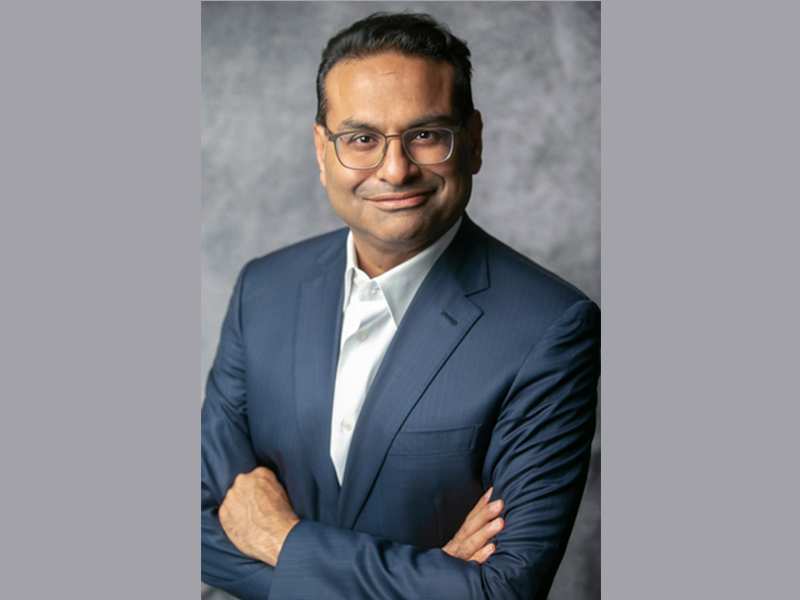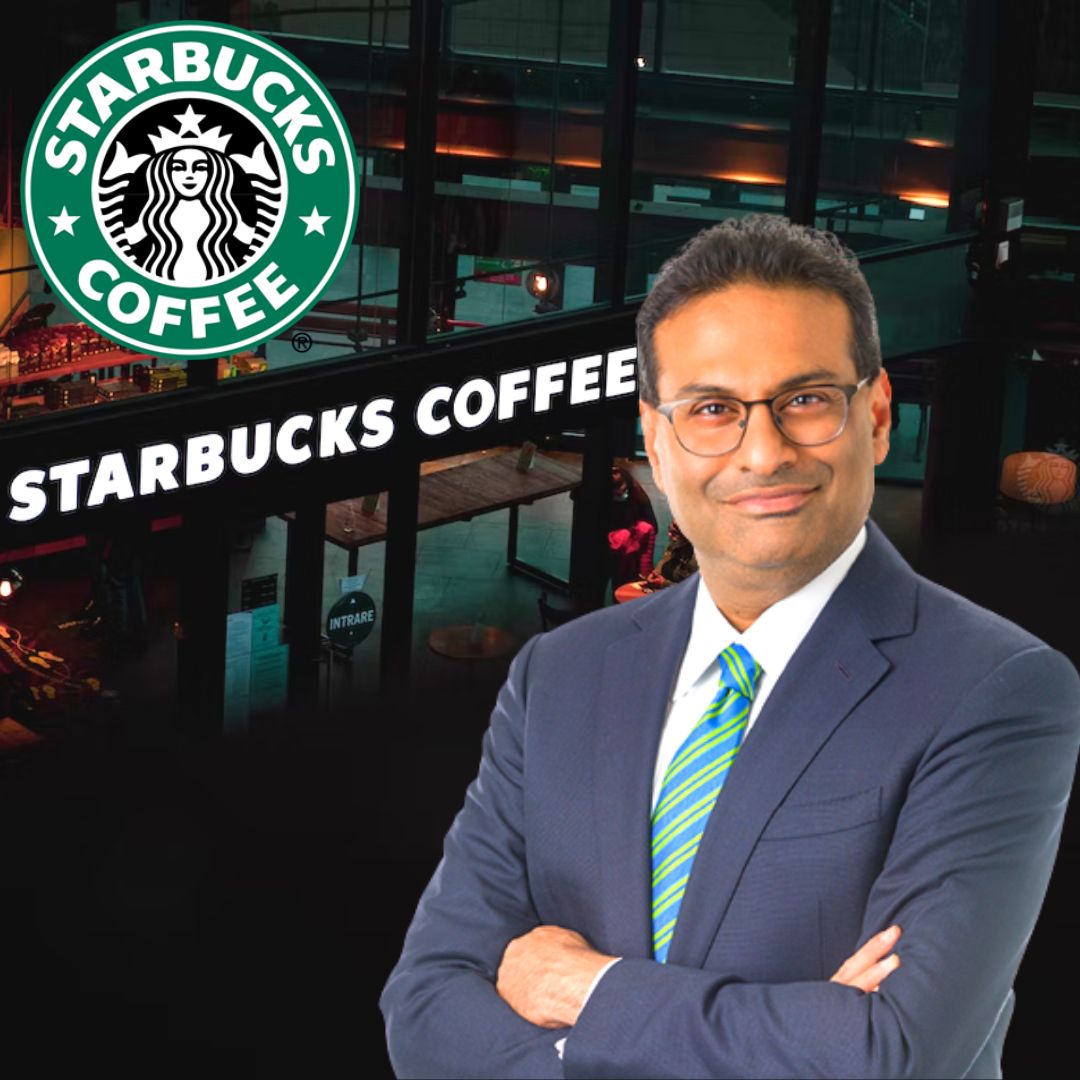Howard Schultz: The Architect of Starbucks

Howard Schultz is more than just the CEO of Starbucks; he is the architect of the global coffee empire. His journey, marked by ambition and vision, transformed a small Seattle-based coffee roaster into a household name synonymous with premium coffee and a welcoming atmosphere.
Howard Schultz’s Early Career and the Transformation of Starbucks
Schultz’s early career was far from the world of coffee. He started as a Xerox salesman, but his entrepreneurial spirit led him to Hammarplast, a Swedish housewares company. In 1982, his path intersected with Starbucks, a small coffee roaster with just six stores. Intrigued by the company’s unique coffee culture and the potential he saw, Schultz joined Starbucks as director of marketing and operations.
He quickly recognized the potential of Starbucks’ coffee and the growing popularity of specialty coffee. However, he saw an opportunity beyond just selling coffee beans. He envisioned a “third place” – a space between home and work where people could gather, connect, and enjoy a high-quality coffee experience.
In 1987, Schultz bought Starbucks with the goal of expanding its reach and bringing his vision to life. This marked a turning point in Starbucks’ history, as Schultz’s leadership transformed the company from a small roaster to a global phenomenon.
Schultz’s Vision for Starbucks: Customer Experience and Brand Building
Schultz’s vision for Starbucks was built on two key pillars: customer experience and brand building. He believed that providing a high-quality coffee experience, coupled with a welcoming and comfortable atmosphere, would create a loyal customer base.
Schultz’s focus on customer experience extended beyond the coffee itself. He emphasized the importance of employee training, creating a culture of customer service excellence. This dedication to employee well-being and customer satisfaction became a hallmark of the Starbucks brand.
Schultz also understood the power of brand building. He invested in creating a unique brand identity, emphasizing the company’s commitment to ethical sourcing, sustainability, and community involvement. This holistic approach to brand building helped Starbucks stand out in a crowded market, solidifying its position as a premium coffee experience.
Comparing Schultz’s Leadership Style, Ceo of starbucks
Schultz’s leadership style is often described as charismatic and visionary. He inspires his team with his passion for coffee and his commitment to creating a unique customer experience. He is known for his hands-on approach, personally overseeing every detail of the Starbucks experience.
Compared to other CEOs in the coffee industry, Schultz’s leadership style stands out for its focus on creating a strong brand identity and fostering a sense of community. While other companies may focus solely on product innovation or cost efficiency, Schultz prioritized building a brand that resonated with customers on an emotional level.
Schultz’s Tenure at Starbucks: Key Milestones
Schultz’s tenure at Starbucks has been marked by a series of significant milestones:
- 1982: Joins Starbucks as director of marketing and operations.
- 1987: Buys Starbucks and becomes CEO.
- 1992: Starbucks goes public.
- 1990s: Starbucks expands rapidly, opening stores across the United States and internationally.
- 2000s: Starbucks faces challenges, including overexpansion and competition from other coffee chains.
- 2008: Schultz returns as CEO to revitalize the company.
- 2010s: Starbucks continues to expand globally, focusing on innovation and sustainability.
- 2017: Schultz steps down as CEO, handing over the reins to Kevin Johnson.
Challenges and Opportunities for Starbucks: Ceo Of Starbucks

Starbucks, a global coffee giant, faces a complex landscape of challenges and opportunities. The company must navigate intense competition, evolving consumer preferences, and economic fluctuations while seeking growth in emerging markets and new product categories. Technology plays a crucial role in addressing these challenges and capitalizing on opportunities.
Competition in the Coffee Industry
The coffee industry is highly competitive, with a multitude of players vying for market share. Starbucks faces competition from established chains like Dunkin’ Donuts and McDonald’s, as well as specialty coffee shops, independent roasters, and convenience stores. Furthermore, the rise of online coffee retailers and subscription services has further intensified the competition. Starbucks must differentiate itself through its brand, product offerings, customer experience, and operational efficiency to maintain its market dominance.
Evolving Consumer Preferences
Consumer preferences are constantly changing, driven by factors such as health consciousness, sustainability, and a desire for personalized experiences. Starbucks must adapt to these shifts by offering healthier options, promoting ethical sourcing practices, and providing personalized recommendations and digital ordering. For example, Starbucks has introduced plant-based milk alternatives, reduced sugar content in some beverages, and expanded its mobile ordering and delivery services to cater to evolving consumer preferences.
Economic Fluctuations
Starbucks’ performance is influenced by economic fluctuations. During economic downturns, consumers may reduce spending on discretionary items like coffee, impacting Starbucks’ revenue. Conversely, economic growth can boost spending on coffee and benefit Starbucks. Starbucks must manage its operations efficiently, adjust pricing strategies, and offer value-oriented promotions to mitigate the impact of economic fluctuations.
Growth Opportunities in Emerging Markets
Starbucks has significant growth potential in emerging markets, where coffee consumption is increasing and middle-class populations are expanding. The company has been expanding its presence in Asia, Latin America, and Africa, adapting its offerings to local tastes and preferences. For example, Starbucks has introduced localized menu items in China, such as the “Mocha Almond Cookie Frappuccino,” to appeal to local consumers.
Innovation in Product Categories
Starbucks is exploring new product categories beyond its traditional coffee offerings to diversify its revenue streams and appeal to a wider customer base. The company has introduced tea beverages, cold brew, and ready-to-drink products, as well as food items like pastries and sandwiches. Starbucks is also experimenting with plant-based protein options and other innovative products to meet evolving consumer demands.
Technology’s Role in Addressing Challenges and Opportunities
Technology plays a vital role in addressing Starbucks’ challenges and opportunities. The company leverages technology to enhance its customer experience, streamline operations, and drive innovation. For example, Starbucks uses mobile ordering and payment apps, personalized recommendations, and data analytics to improve customer satisfaction and operational efficiency. Technology also enables Starbucks to develop new products and services, such as its “Starbucks Rewards” loyalty program and its “Starbucks Reserve” premium coffee experience.
Comparative Performance Analysis
| Metric | Starbucks | Dunkin’ Donuts | McDonald’s |
|---|---|---|---|
| Revenue (USD Billion) | 32.3 | 10.1 | 100.3 |
| Profitability (Net Income Margin) | 16.4% | 10.5% | 5.5% |
| Customer Satisfaction | 85% | 78% | 72% |